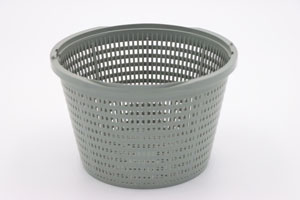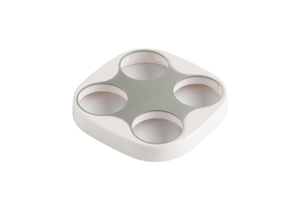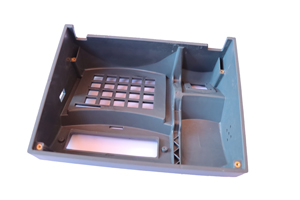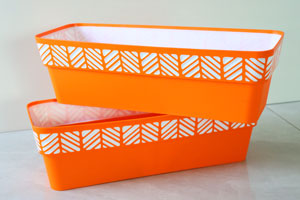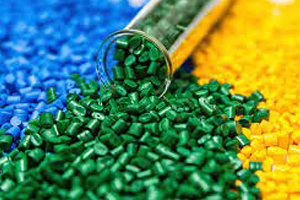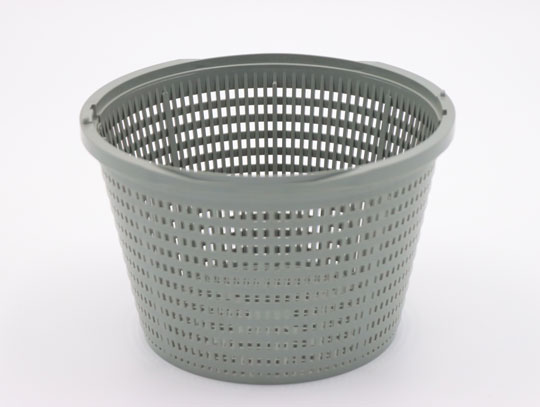Plastic injection molding is a fascinating and essential process in modern manufacturing. Whether it's the car you drive, the phone you use, or the toys your kids play with, chances are they've been made using this versatile technique. So, what exactly is plastic injection molding, and why is it so crucial in today's world? Let's dive in and explore!
What is Plastic Injection Molding?
Plastic injection molding is a manufacturing process used to produce a wide variety of plastic parts by injecting molten plastic into a mold. This process allows for high-volume production of consistent, high-quality products with complex shapes. It's like baking a cake, where the mold is the cake tin, and the molten plastic is the batter.
History of Plastic Injection Molding
The roots of plastic injection molding trace back to the late 19th century. The first injection molding machine was patented by John Wesley Hyatt and his brother Isaiah in 1872. Over the decades, advancements in technology and materials have transformed injection molding into the sophisticated process we see today, enabling the production of everything from tiny medical components to large automotive parts.
How Does Plastic Injection Molding Work?
The Injection Molding Machine
At the heart of the injection molding process is the injection molding machine. This machine comprises several key components, including the hopper, barrel, ram or screw-type plunger, and the mold itself.
The Mold
The mold, often referred to as the heart of the injection molding process, is a precision-crafted tool typically made from steel or aluminum. It shapes the molten plastic into the desired form as it cools.
The Process Steps
Clamping: The two halves of the mold are clamped together securely.
Injection: Molten plastic is injected into the mold cavity.
Cooling: The plastic cools and solidifies within the mold.
Ejection: The finished part is ejected from the mold.
Types of Plastic Used in Injection Molding
Thermoplastics
Thermoplastics are the most commonly used plastics in injection molding. They become pliable when heated and solidify upon cooling. Examples include polyethylene, polypropylene, and polystyrene.
Thermosetting Plastics
Thermosetting plastics, once cured, cannot be re-melted. These are used in applications requiring durable and heat-resistant materials, such as epoxy and phenolic resins.
Common Materials
Common materials in injection molding include ABS (Acrylonitrile Butadiene Styrene), nylon, and polycarbonate, each chosen for specific properties like toughness, flexibility, and clarity.
The Injection Molding Machine
Components of the Machine
An injection molding machine has several essential components:
Hopper: Holds the raw plastic material.
Barrel: Heats the plastic to a molten state.
Ram or Screw: Injects the molten plastic into the mold.
Clamping Unit: Keeps the mold closed during injection and cooling.
Types of Injection Molding Machines
There are three main types of injection molding machines:
Hydraulic: Known for their power and cost-effectiveness.
Electric: Offer precision and energy efficiency.
Hybrid: Combine the best features of hydraulic and electric machines.
The Mold: Heart of Injection Molding
Mold Design
Mold design is a critical aspect of the injection molding process. It must accommodate the desired part's shape, size, and complexity while ensuring proper cooling and ejection.
Mold Materials
Molds are typically made from hardened steel for high durability or aluminum for faster, cost-effective prototyping.
Types of Molds
Molds can be classified based on their functionality:
Single-cavity molds: Produce one part per cycle.
Multi-cavity molds: Produce multiple identical parts per cycle.
Family molds: Produce different parts in a single cycle.
The Injection Molding Process in Detail
Clamping
The clamping unit holds the mold halves together under pressure to withstand the injection of molten plastic.
Injection
Molten plastic is injected into the mold at high pressure, filling the cavity completely.
Cooling
The plastic cools and solidifies, taking the shape of the mold cavity.
Ejection
Once cooled, the mold opens, and the finished part is ejected, ready for further processing or assembly.
Applications of Plastic Injection Molding
Automotive Industry
Injection molding is widely used in the automotive industry to produce parts such as dashboards, bumpers, and interior components.
Medical Devices
Medical device manufacturing relies on injection molding for components like syringes, surgical instruments, and diagnostic equipment.
Consumer Goods
From toys to kitchen utensils, many consumer goods are produced using injection molding.
Electronics
Injection molding is essential in electronics for creating housings, connectors, and other components.
Plastic injection molding is a cornerstone of modern manufacturing, offering efficiency, precision, and scalability. As technology advances, it continues to evolve, opening new possibilities and applications. Understanding this process not only highlights its current importance but also its potential to shape the future of manufacturing. Feel free to contact Key Plast for China plastic injection molding service.


